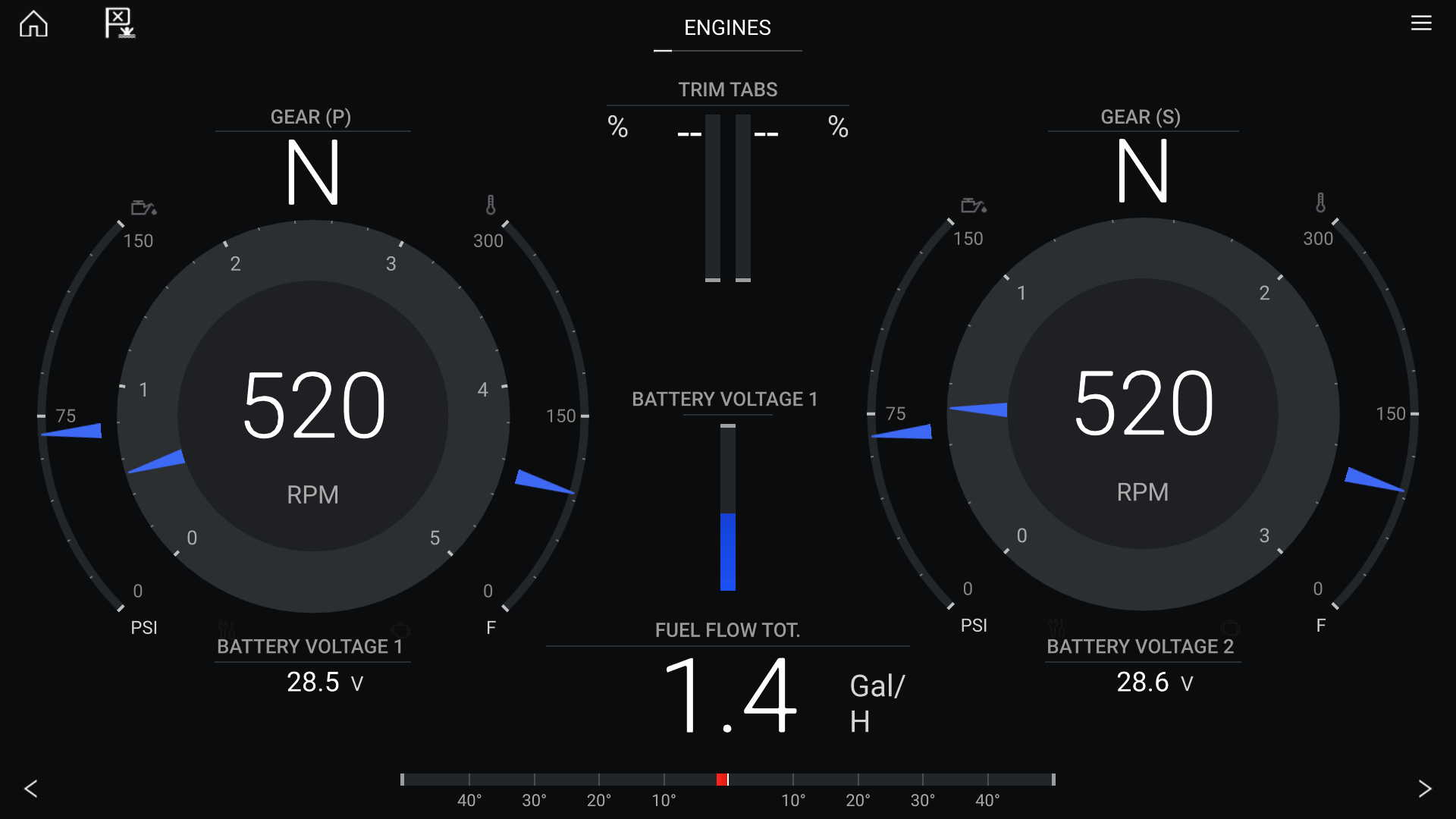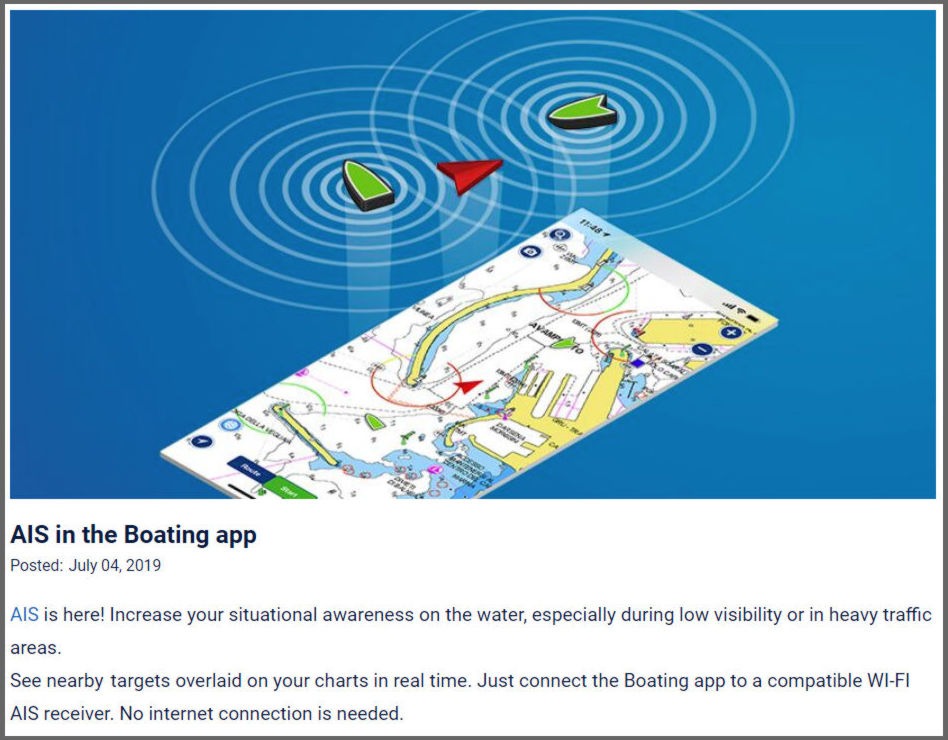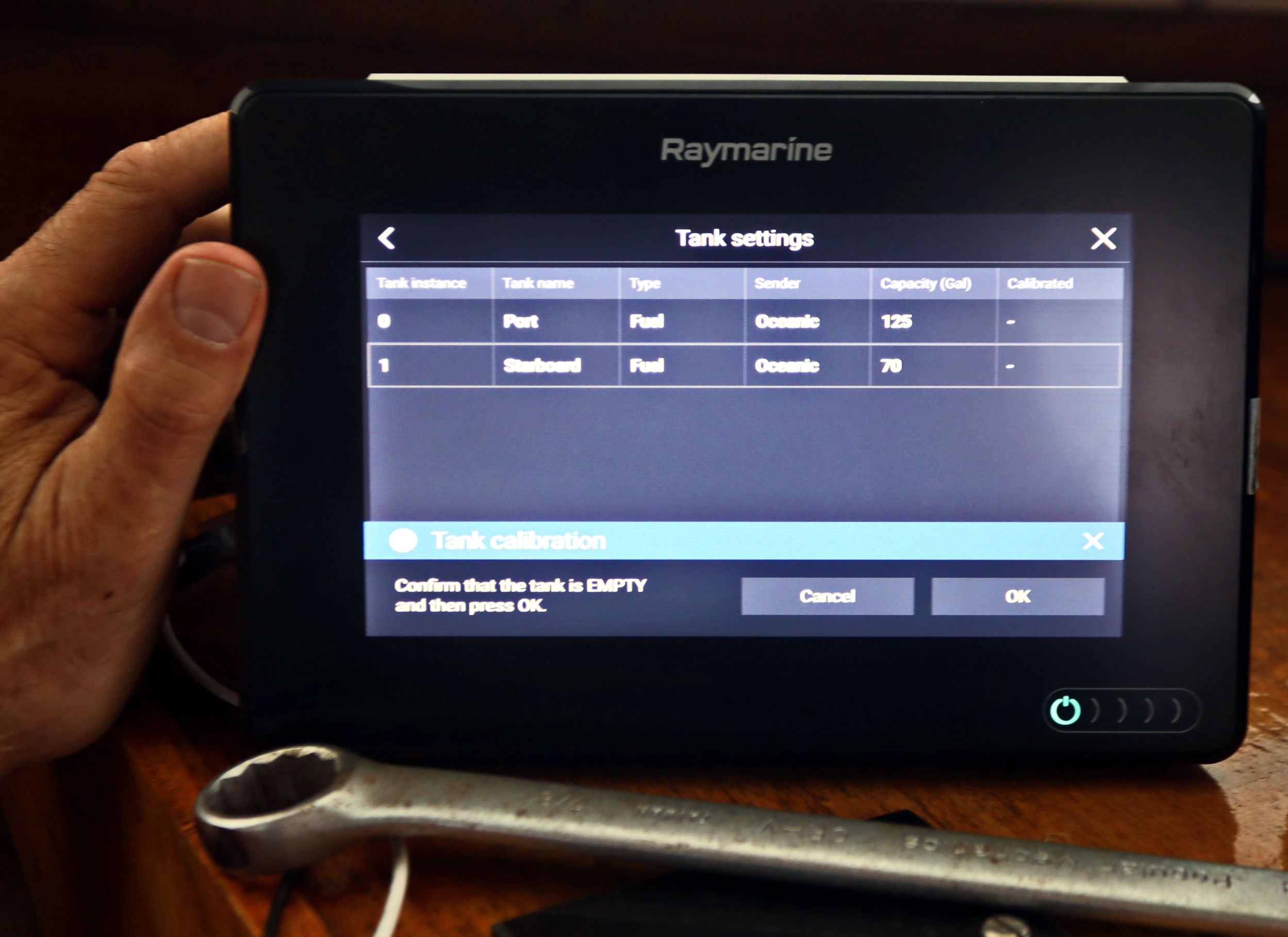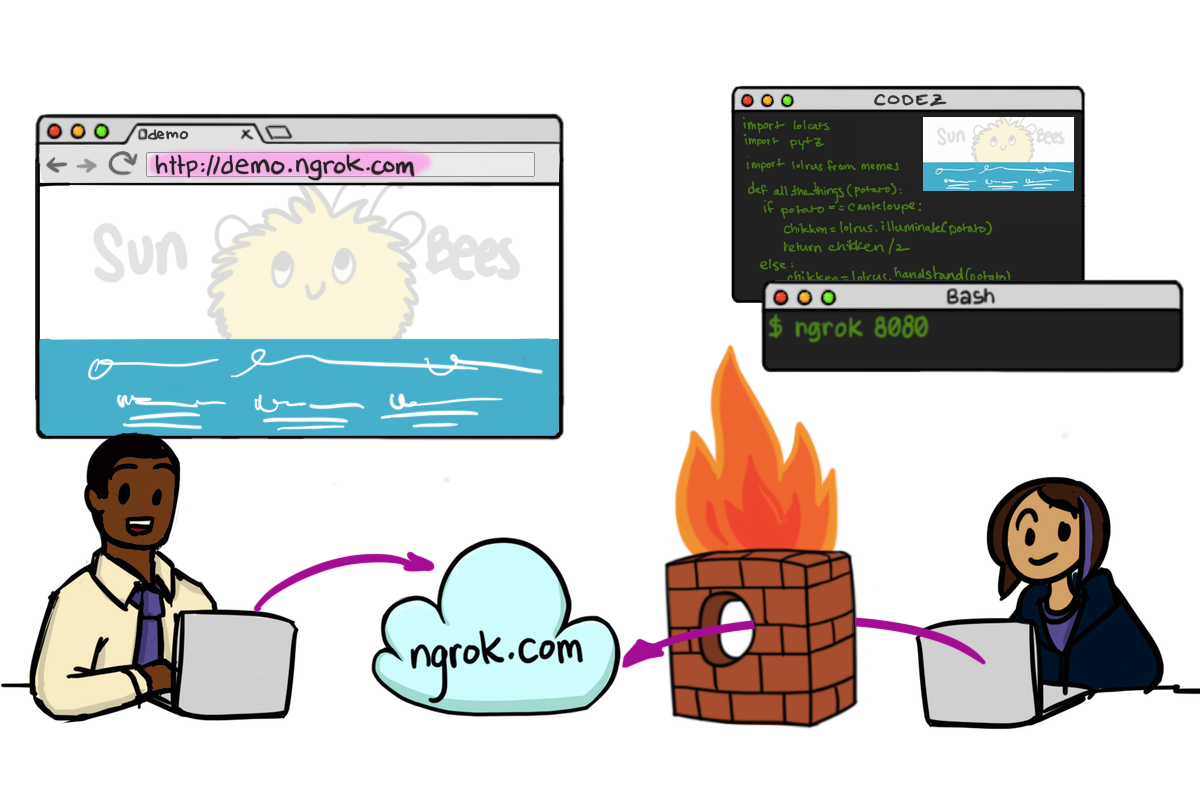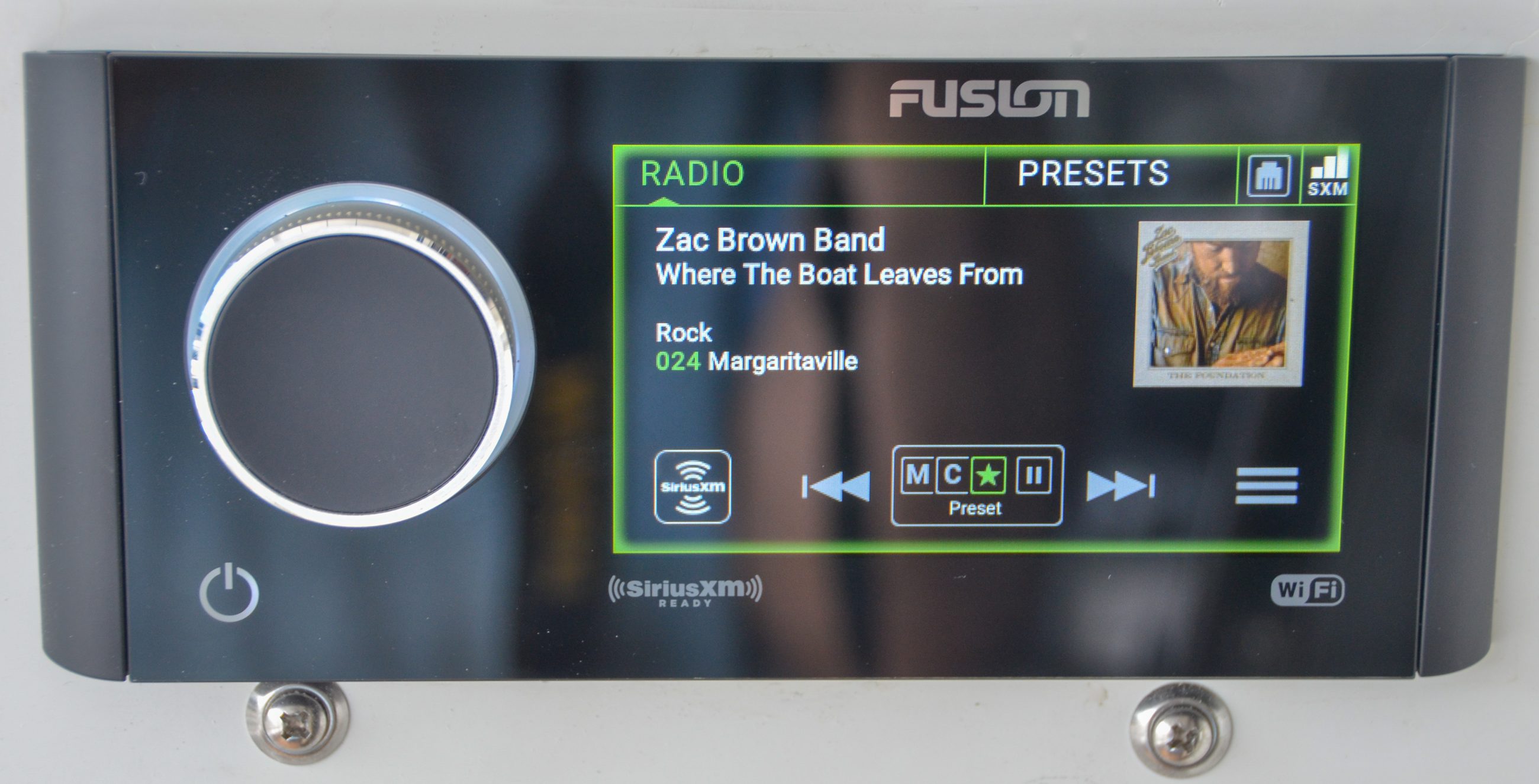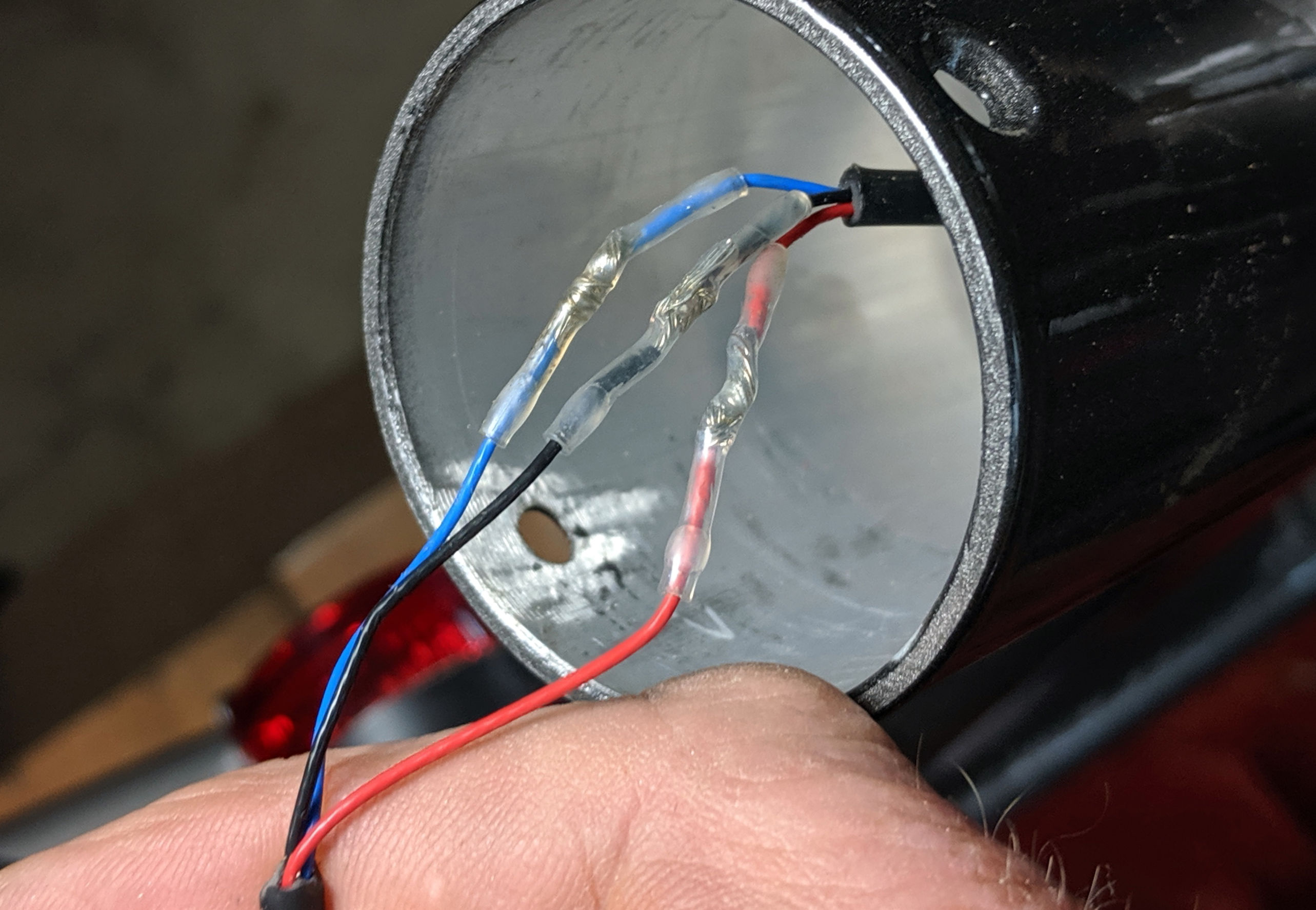Category: NMEA 2000, 0183 & Signal K
Building on their commitment to meaningful innovation, Blue Sea Systems is proud to announce the release of the M2 Vessel Systems Monitor. “With so much technology on boats today, it is critical to keep track of all of the different systems”, Stated Justin Kaufman, Product Manager for Blue Sea Systems. “The M2 Vessel Systems Monitor simplifies monitoring by allowing the boater to keep track of several key functions from a single location.”
When I bought Have Another Day I really wanted the data from my early electronically controlled diesel engines available on my MFDs. I’ve had access to this data previously and knew the value of the data for fuel management and engine monitoring. My path to getting that data wasn’t easy but I think I helped blaze a trail to easy engine data on your NMEA 2000 network.
I enjoyed this Bill Morris article at OceanNavigator.com even though he pokes fun at skippers like me. For one thing, he does it gently and well, as in his elegant second paragraph…I also agree with Bill that a dedicated depth display is a key navigation tool, regardless of what else you’re using. But then again I think that there are better ways to do it than he advocates, and…
If you’ve been reading Panbo, boating magazines, or spent any time at a boat show you’ve likely seen boat monitors, connected boat products and smart boat products. But, you may well not know what these things are or how they’re different from each other. Hopefully, I can help shed some clarity on this latest collection of buzzwords.
Well, dang, I was steeled up to write an unusually negative entry about the AIS feature that Navionics recently added to its Boating app, but then I learned that they’re already planning virtually all the improvements that I intended to vigorously champion. So, if you too are having trouble making the WiFi connection work — or if you too are disappointed with the target display — don’t worry…
Way down the long list of new features that came with April’s LightHouse v3.9. update for Raymarine Axiom MFDs is “Tank naming and Sender Calibration” and it turns out that means NMEA 2000 tank senders made by Oceanic Systems. Which is a semi-big deal because a significant disappointment of N2K is that while many standard data PGNs are truly plug-and-play across brands, sensor calibration is usually not…
Prior to being a boating geek… I was a professional geek. I have a lot of data on the NMEA 2000 network on Have Another Day but no way to access it all remotely. I’m getting ready to leave the boat for a few weeks so I really want to access all that data off the boat. After some digging for a way to make that off boat access possible, I found one with which I’m currently thrilled.
Gemeco is pleased to introduce a truly unique and innovative solution for early detection and prevention of shaft seal failures. New from Tides Marine, their patented SmartSeal sensors monitor the cooling water temperature of a boat’s shaft seals and triggers a series of alarms when the water temperature exceeds the normal operating temperature range. Designed for quick connection to Tides Marine’s SureSeal products, this system works with other manufacturers’ dripless shaft seals by simply changing the existing NPT water injection fittings…
A day on the water is better with good tunes, and the rise of streaming has changed how we get music on board a lot. For the last decade, Fusion has lead the way with stereos that use the latest technology to deliver audio on boats. I’ve just finished a complete install of the company’s current gear aboard Have Another Day and as you will read, Fusion continues to leverage the latest tech and deliver great sound.
The small gauge wire connections usually required when installing NMEA 0183 data sharing often fail because normal boat wiring techniques don’t work well at this scale — or at least not in my clumsy DIY hands. So I was intrigued at first sight with this relatively new type of heat shrink butt connector that uses low-temperature solder instead of a crimping sleeve, and so far I’m quite impressed with the results.



